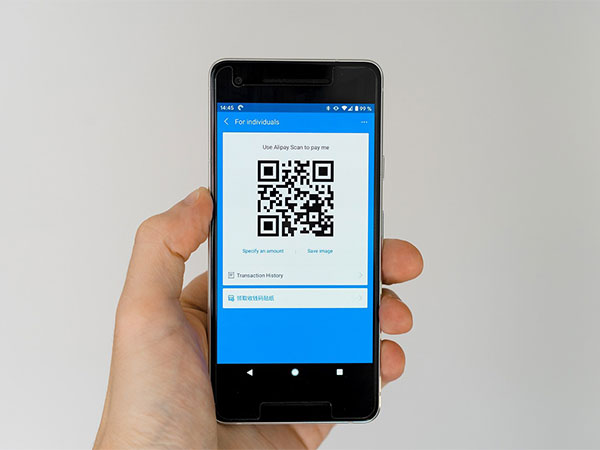In the modern world, digital banking has become the preferred method for many consumers, with 78 per cent now opting to do most of their banking through mobile apps or websites. This trend towards cashless transactions and contactless payments has been accelerated by the COVID-19 pandemic, with nearly 80 per cent of financial institutions seeing an increase in cashless transactions over the past two years. The convenience, safety, and ease of digital payments have made them more popular than ever, especially in a post-pandemic world.
Allison Cerra, Chief Marketing Officer at Alkami Technology, emphasized the importance of harnessing data, gaining a holistic view of customer relationships, and meeting the rapidly changing needs of digital consumers in order to succeed in the future of banking. With more people turning to digital banking, there has been a noticeable decline in the use of ATMs and checks, even among millennials. Customers are now interacting with their banks more frequently, often on a daily basis, through mobile and online banking platforms.
While cashless transactions are on the rise, the adoption of cryptocurrency has been growing more slowly. Around 21 per cent of financial institutions reported that their customers are asking for Bitcoin products and services, and 35 per cent believe that offering cryptocurrency options could give them a competitive edge. Banks are also facing increasing competition from fintech companies like PayPal, Stripe, and Venmo, which are seen as significant threats to traditional banking.
Despite the competition from fintechs, some banks are choosing to partner with them in order to stay relevant. The report states that 50 per cent of banks and 40 per cent of credit unions have teamed up with fintech companies in the past three years to enhance their digital offerings. Looking ahead, experts believe that the future of banking will revolve around personalized experiences, with a growing opportunity for banks to leverage personalized recommendations and offers to better serve their customers.
Data analysis is playing a crucial role in this digital transformation, with most banks now using data to improve customer experiences, guide decision-making, and reduce development time and costs. By unlocking the potential of customer data, banks can better anticipate their clients’ needs and offer tailored solutions. Allison Cerra noted that technology has democratized financial advice and counsel, making it accessible to a wider range of consumers and allowing them to prepare for the future.











